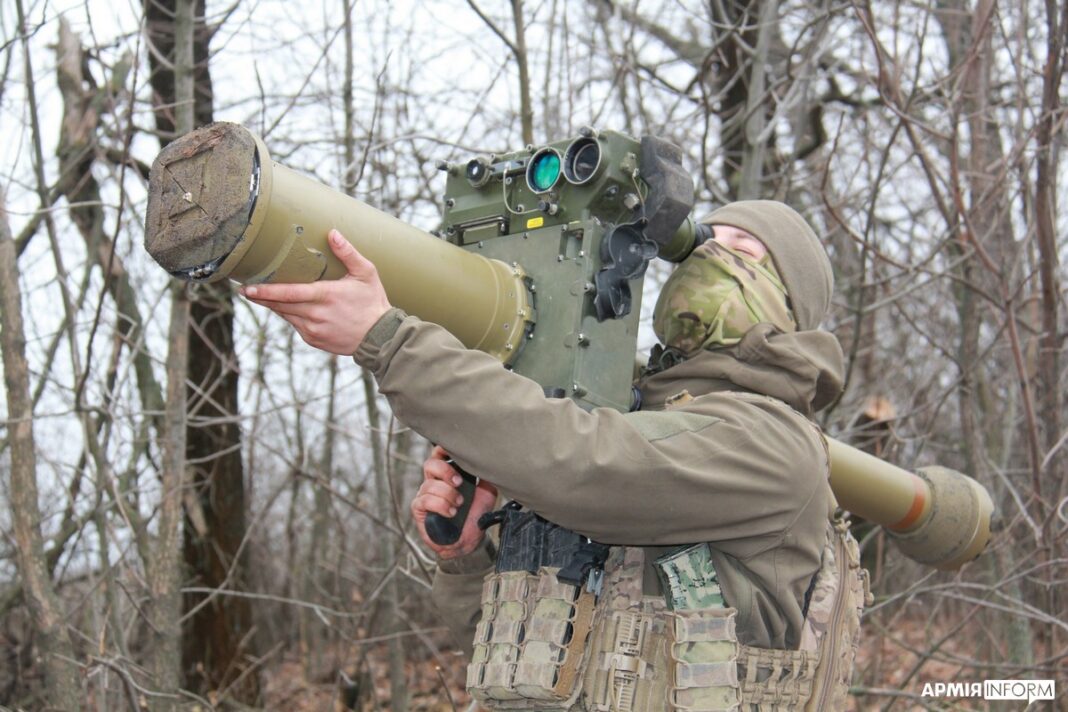In the modern war, brigadier Lanka air defence units play an important role in closing the Ukrainian sky over the positions of our troops. Especially their role is felt in the fight against enemy UAVs and helicopters.

The officer of the air defence battery of a separate paratroop and assault brigade, Yuri Kochevenko, told the features of this work.
To date, Ukrainian air defence specialists have unique experience and combat capabilities. The masterful work of Ukrainian air defence has forced the Russian air forces to change the tactics of using aviation.
The secret of the successful use of the brigade air defence units lies in their high training and proper location in the area.
Yuri explains that In good weather, the opponent actively uses aircraft from a high altitude and distance, so getting them with portable anti-aircraft missile complexes is almost impossible; that’s why it needs more powerful means like “BUK-M1” or C-300.
Regarding the general tactics of using helicopters and assault aviation, Russians mostly try to reach the front line at low altitudes and use the folds of the terrain. Before launching missiles, planes or helicopters do cabruvanna, which greatly reduces the accuracy of such shelling.
Yuri reported that Mostly during launches, there is no eye contact with them. After the bottom, they immediately make a turnover and run to the rear. During such manoeuvres, pilots sometimes make mistakes and get to the target of our airmen for a few seconds.
Currently, Ukrainian units of air defence of combat brigades can even choose different types of weapons to perform tasks.
Yuri noted that now he uses the newest British LLM martlet. This is an updated version of the well-known Ukraine Starstreak anti-aircraft missile complex. The feature of these complexes is the need to adjust the flight of the missile on the entire trajectory by the operator, such as our PTRK “Stugna”.
LLM requires high expertise but provides the opportunity to destroy targets with a small thermal footprint.



